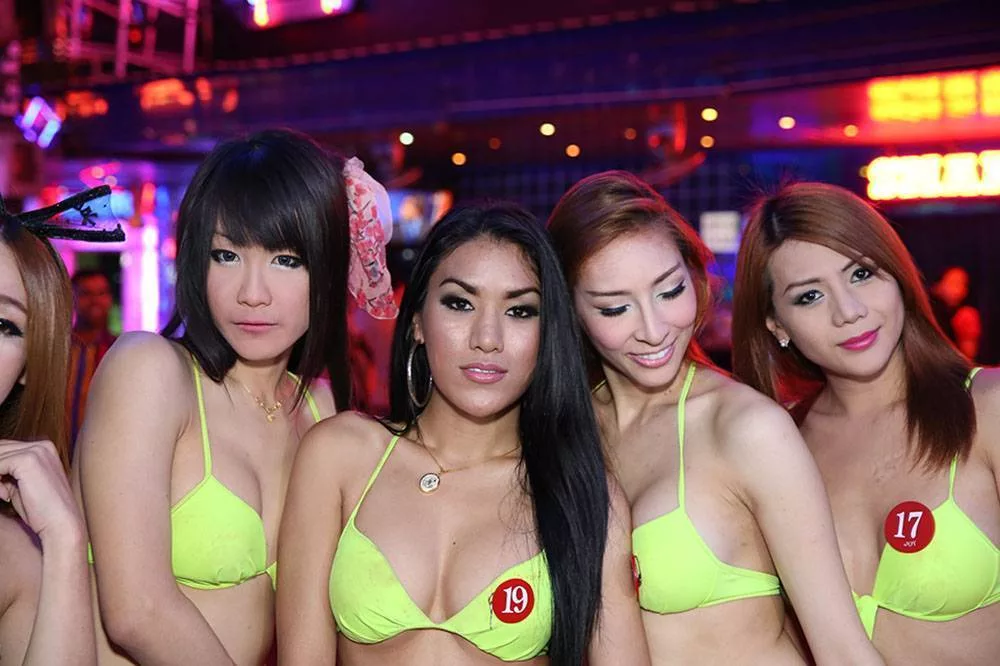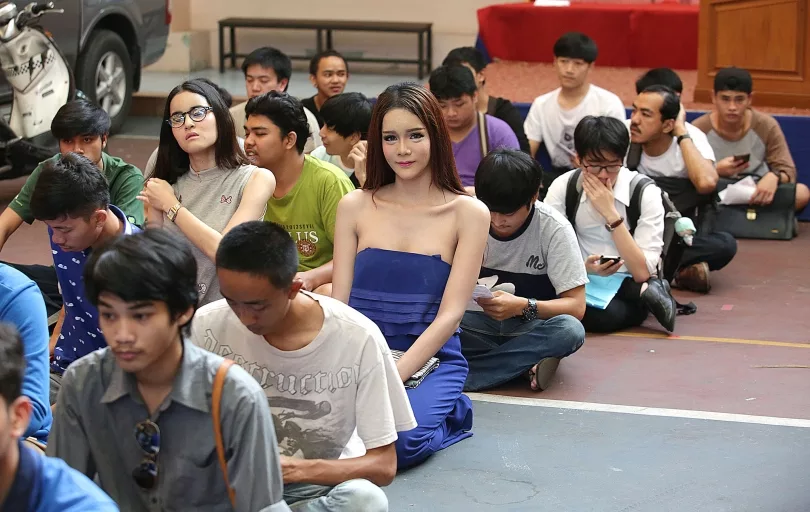In the heart of Southeast Asia lies Thailand, a nation celebrated for its intricate cultural fabric and stunning natural vistas. Yet, beyond these, Thailand carves a distinct niche on the global stage with its significant transgender community, known locally as “kathoey” or “ladyboys.” This 1000-word exploration delves into the intricate tapestry of cultural, religious, and economic elements that shape the lives of Thailand’s transgender population.
The Rich Tapestry of Transgender Identity in Thai Culture
The term “kathoey” in Thailand transcends the conventional Western gender binary, representing a spectrum of gender identities. Thai culture historically embraces a fluid understanding of gender, fostering an environment where transgender individuals can express themselves more openly than in many other societies.

Buddhism’s Enlightened View on Gender and Sexuality
Buddhism, the bedrock of Thai spirituality, casts a significant influence on societal perceptions of gender and sexuality. Contrary to many Western religious doctrines, Buddhism does not explicitly denounce non-heteronormative identities. Ancient Buddhist texts even detail transsexualism, evidencing a longstanding acknowledgment of gender diversity. The Buddhist ethos, focusing on desire and detachment, refrains from upholding heterosexuality as the sole norm, thus nurturing a more accepting milieu for transgender individuals in Thailand.
The Economic and Military Chapters Shaping Transgender Lives
The Vietnam War era, marked by the presence of American troops, dramatically transformed Thailand’s sex industry. The surge in demand for sexual services, fueled by foreign soldiers, inadvertently opened new avenues for transgender individuals, often marginalized in traditional employment sectors.

Transgender Integration and Challenges in Thai Society
In Thailand, transgender individuals enjoy a higher degree of social integration compared to many countries. Research indicates that Thai transgender women often surpass the general population in education and affluence. However, this integration contrasts with their conspicuous presence in the sex industry, driven by societal and economic forces.
Thailand’s Progressive Approach to Gender Diversity
Thailand stands out for its progressive stance on gender diversity. The nation’s legal and healthcare systems offer more recognition and support to transgender individuals than many of its neighbors. This includes access to gender-affirming treatments and surgeries. The tourism sector, famed for its transgender cabaret shows, further bolsters this visibility and acceptance.
Recognizing the Third Gender: A Leap Towards Inclusivity
Thailand’s evolving cultural and legal frameworks are gradually embracing a “third gender,” a significant stride towards inclusivity. The term “kathoey” has broadened to include various gender identities, from transgender women to effeminate gay men and intersex individuals.

The Intersection of Economics and the Sex Industry
Economic factors in Thailand have led to a notable concentration of transgender individuals in the sex industry. While this offers a livelihood, it also reinforces stereotypes and exposes them to risks. Their visibility in this sector mirrors wider societal and economic challenges.
Tourism and Entertainment: Showcasing Transgender Talent
Thailand’s dynamic tourism and entertainment industries significantly influence the transgender community’s visibility. The country’s iconic transgender cabaret shows not only entertain but also provide a stage for transgender individuals to celebrate and assert their identities.
Navigating Discrimination and Challenges
Despite Thailand’s relative openness, transgender individuals confront discrimination and various obstacles. Employment challenges often steer them towards the sex industry. Legal and social hurdles underscore the ongoing struggle for rights and acceptance.
Conclusion: A Society in Transition
Thailand’s transgender community epitomizes the complex interplay of cultural, religious, and economic factors. While Thailand presents a comparatively tolerant environment, it is not devoid of challenges, including discrimination and a significant presence in the sex industry. Comprehending this phenomenon demands an appreciation of Thai culture’s unique blend of traditional beliefs, economic realities, and evolving attitudes towards gender. As Thailand progresses, it continues to serve as a fascinating case study in the global discourse on gender identity and expression.